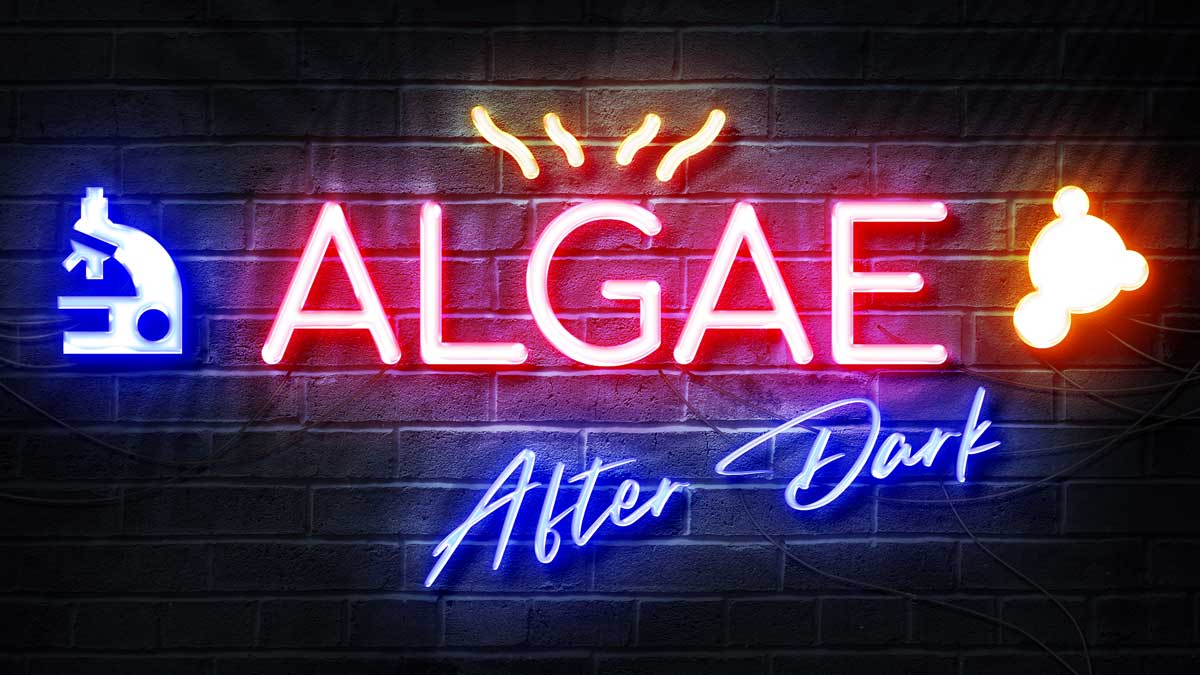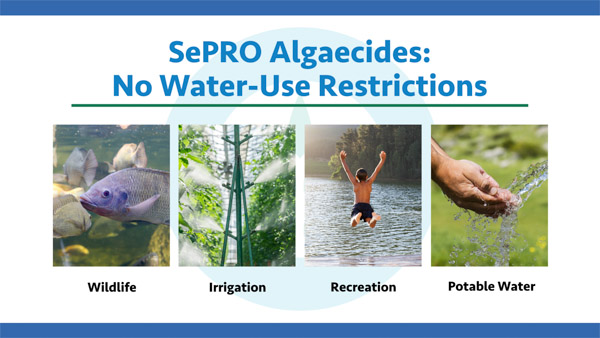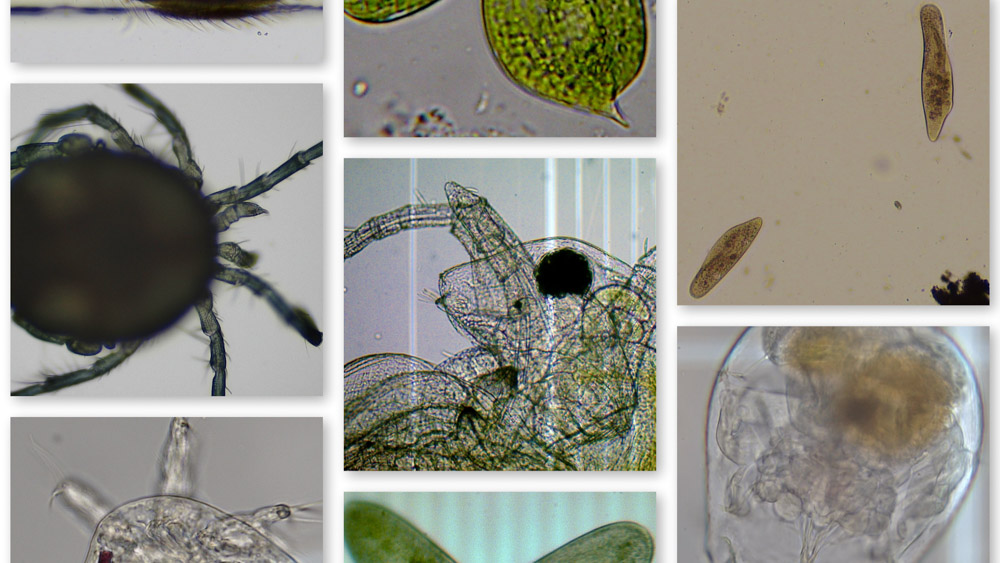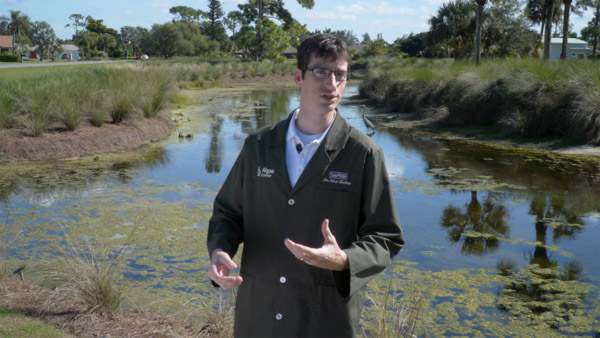Algae Corner: Captain XTR Research Update
Today we’re going to cover a research update on Captain XTR. Specifically, we’ll go through some of the peer-reviewed studies and scientific literature that’s been published on Captain XTR. The key goal here is to help you understand how Captain XTR can be used in aquatic systems and how efficient and effective it can be in a wide array of algal species in a variety of sites.
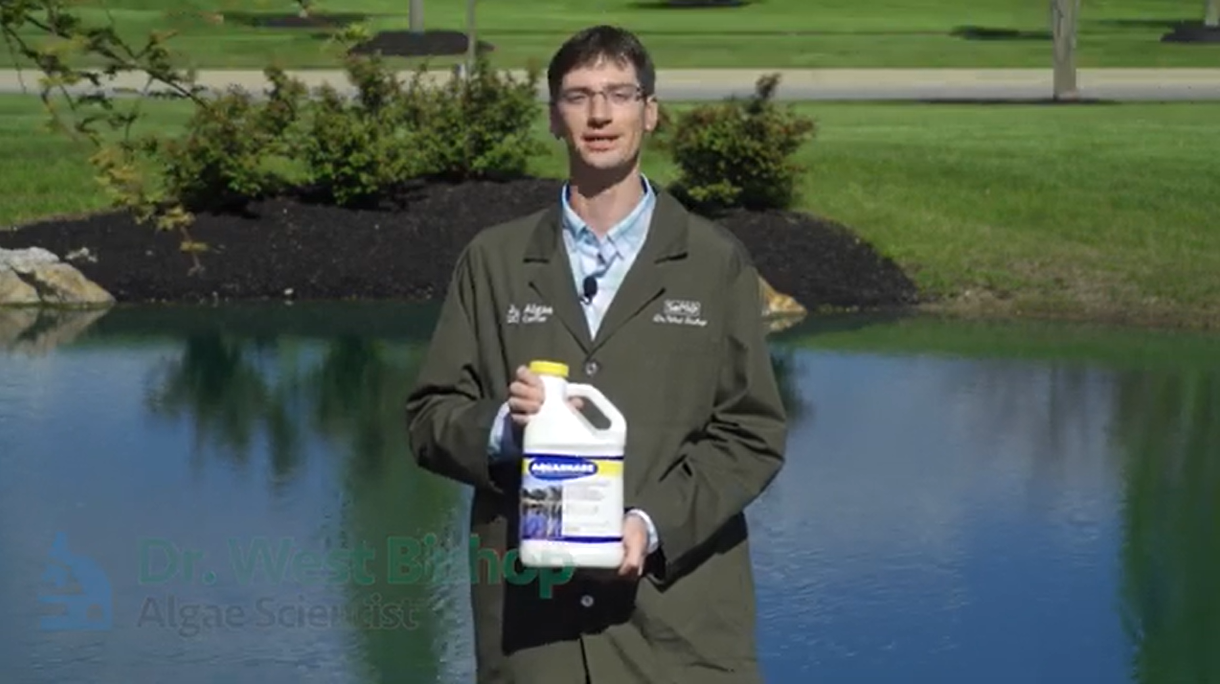
Algae Corner: Introducing EutroSORB
Want to get Algae Corner Updates? Get the latest news by subscribing to our channel:
Non-Target Species
There are a lot of cool creatures in aquatic systems, such as Daphnia and fish, that we don't want to harm or control. This first research that we're going to cover is with Captain and Captain XTR and it shows that, first of all, it's innately less toxic than other products like copper sulfate. So Captain is a lot safer to these non-target and beneficial species in aquatic systems than copper sulfate.


Secondly, when we actually look at this in a realistic field exposure when we're treating algae with Captain XTR, a lot of that product actually sorbs and sticks to that algae. So the more efficient and higher affinity we can have with this product sticking to the algae, the less that's out there posing risks to these non-target species. So again, it’s a very efficient product at controlling non-target species and much safer than other formulations at not harming those non-target species.


Flowing Water

The next research update we want to share is a study on flowing water. Examples are the irrigation canals out West, chemigation systems, and even decorative waterfalls or water features. Flowing water can get a lot of nuisance types of algae that clog them up, and it's important to be able to use Captain XTR in those systems.

What this study looked at was this precision pulse application, just this slow pour of Captain XTR into the flowing water. We could track how far that copper moves downstream and how much control we get of nuisance algae even in flowing water scenarios. So Captain XTR is high efficiency, sticks to those algae, and controls those algae even with the short contact times.


Concentration Exposure Time
The next paper looks at a concentration exposure time. We looked at a very tough nuisance type of cyanobacteria called Lyngbya. Some people call it black mat algae. It smells bad, produces toxins, and is spreading throughout the U.S. We wanted to really look at Captain XTR and how efficient we can be at controlling Lynbya. The control results are shown in this CET diagram. Again, we can help you design that program to get efficient control of even these toughest nuisance big thick black mats.

Comparing Captain XTR
The next study looks at comparing Captain XTR with different copper algaecide formulations. How does it match up? Is it better than these other formulations? Is it more effective? We looked at that and then we took it one step farther and asked why? What makes Captain XTR different? We can actually track that copper getting inside.
These first few graphs show that Captain XTR is significantly better than other chelated copper products out there at getting control of some tough types of algae like Pithophora (horsehair algae) and Lyngbya (black mat algae).


Tracking that either even farther, we see that the Captain XTR is actually driving significantly more copper into the cells, those tough nuisance mats, and getting better control. So this image shows this correlation of that internalized copper or infused copper with control and consistently again, Captain XTR is getting more copper inside and more efficient control of these tough algae than other formulations out there.


Desorption
In this desorption study, we expose the algae to a couple different copper algaecide formulations individually (including Captain XTR) and then moved the algae to clean water to mimic a treatment where we have a short exposure time. What's that product do after clean water comes in? Where does that copper go?
Basically, what we see is copper sulfate just releases a bunch more copper back into the water body. When that new water comes in, that copper desorbs come back off.
Whereas with Captain XTR, we continue to penetrate. We continue to drive more copper into these cells even with clean water out there. So it’s a very neat relationship and very effective at getting control even with those shorter contact times, just like we saw in the flowing water scenarios.


Large Field Site Applications
These last few studies are actually very important—one's published, one's almost published. They are on large field site applications. We took a lot of this laboratory or scaled research and took it to some bigger field sites, tackling some of the largest nuisance Lyngbya infestations in the country with a Captain XTR treatment program.
The images below are heat maps where red and orange are a lot more Lyngbya and green and clear is a lot less. At both sites we were able to greatly decrease the biomass of Lyngbya and create a new balance in the ecosystem with a Captain XTR treatment program.


The site below was some large, dendritic reservoirs with shallow coves. The Lyngbya became very thick and clogged things up—people couldn’t use their boats and had been trying to manage the Lyngbya out there for decades.
Over the past couple seasons, we got them on the Captain XTR program and were able to bare ground some sites that they have been trying to get ahold of with different products for decades. So once again, Captain XTR is very efficient and effective at controlling Lyngbya and decreasing those number of acres that need treated. It’s a very powerful product to use even in these large-scale field sites.


Captain XTR: A Widely-Studied Product
Here is a list of just some of the research studies mentioned above. We can certainly provide these studies to you if you want to delve in and read more.

Hopefully this overview helps you understand that Captain XTR is a widely studied product, highly used product and can be used very efficiently and effectively to control even the toughest and most nuisance types of algae in a variety of field sites.
Thank you for following this special research update on Captain XTR, and we look forward to seeing you on future episodes of "Algae Corner."

